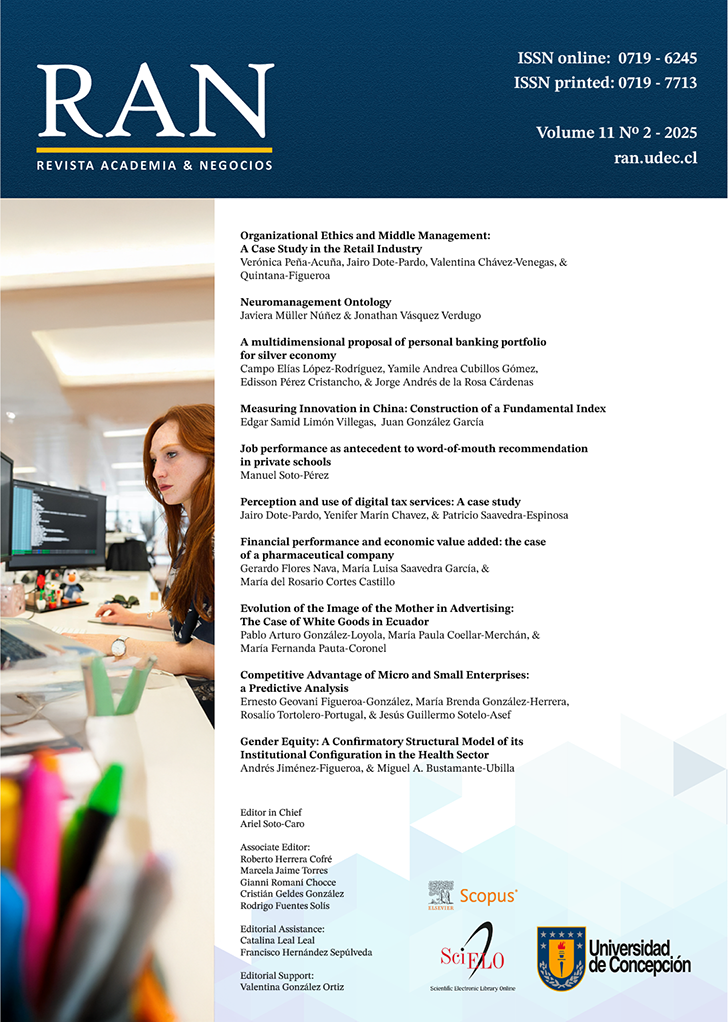Evolution of the Image of the mother in Advertising: The Case of White Goods in Ecuador
DOI:
https://doi.org/10.29393/RAN11-18IMCL30018Keywords:
stereotypes, advertising, white goods, gender, EcuadorAbstract
Purpose: This study explores the role of advertising in the construction and perpetuation of social imaginaries that assign gender roles and stereotypes to men and women. It focuses specifically on the portrayal of women in advertisements for household appliances and in the evolution of these representations over time.
Methodology: A qualitative approach through content analysis was employed to examine 60 samples of advertisements broadcast across various media platforms in Ecuador. These white goods ads, spanning four decades (1980-2020), enabled the identification of changes in female role representation.
Results: The analysis reveals a clear shift in the portrayal of women and mothers—from traditional roles tied to domesticity and dependence to more autonomous and independent ones. The ads increasingly adopt gender-neutral language and gradually reduce stereotypical gender narratives.
Implications: The findings provide both theoretical and empirical insights into how marketing strategies have adapted to sociocultural changes. They also highlight the transformation of social imaginaries over time, offering valuable contributions to the fields of advertising and communication.
Originality: This study offers an innovative, longitudinal perspective that tracks the evolving gender roles in commercial advertising. It expands gender studies applied to marketing and communication by revealing how portrayals of women in white goods ads have progressively changed.
Downloads
Published
How to Cite
Issue
Section
Copyright (c) 2025 Pablo González-Loyola, María Paula Coellar-Merchán, María Fernanda Pauta-Coronel

This work is licensed under a Creative Commons Attribution 4.0 International License.























